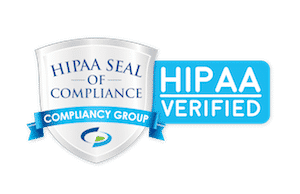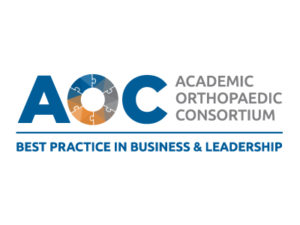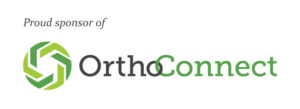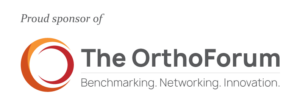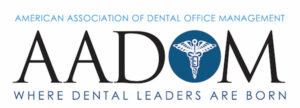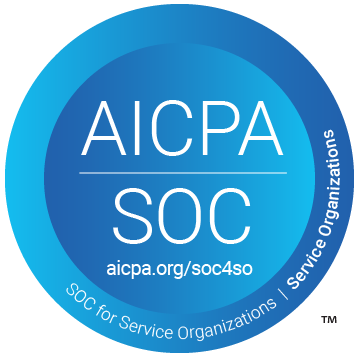In the intricate landscape of modern healthcare, there exists a profound yet often overlooked resource that has the potential to revolutionize care: the authentic, unfiltered voice of the patient.
Patient satisfaction surveys have long been the participation trophies of the medical world – bland, perfunctory documents with a few checkboxes and numeric ratings that healthcare organizations mistakenly believe capture the entire complexity of a patient’s journey. The reality is far more intricate.
Healthcare History at a Glance
To understand the current transformation, we must first examine healthcare’s historical landscape. The post-World War II era presented a predominantly provider-driven system deeply rooted in a paternalistic model of medical practice. At that time, patients were largely passive recipients of care, with little opportunity to voice their experiences or concerns. On the flip side, medical professionals were viewed with an almost unquestioning reverence, embodying a sociological framework that positioned them as ultimate authorities.
Sociologist Talcott Parsons’ 1951 theory about the “sick role” provides a fascinating glimpse into the historical power dynamics at play. Patients were largely conceptualized as passive participants with a very specific set of expectations to:
- Cooperate completely with medical professionals
- Do exactly what was prescribed without question
- Demonstrate an appropriate level of helplessness
- Attend appointments diligently
- Meticulously follow all medical instructions
- View treatment as a personal responsibility
It was a peculiar social contract where patients were simultaneously pitied and expected to be perfectly obedient. The medical profession had cultivated an almost sacred space where physicians were beyond reproach, and patients were essentially viewed as mechanical systems to be repaired.
This approach might sound entirely obsolete now, but it was the norm for decades. Dr. Paul Starr’s groundbreaking research in “The Social Transformation of American Medicine” meticulously documented how physicians had cultivated this almost mythical status in society. They possessed unprecedented social and economic power with essentially zero external accountability.
The Patient Rights Revolution
 Then, a remarkable shift occurred. Patients began to find their collective voice.
Then, a remarkable shift occurred. Patients began to find their collective voice.
The Patient Bill of Rights, developed by the American Hospital Association in 1973, was one of the first formal attempts to articulate patient dignity. It emphasized fundamental rights such as receiving respectful care, obtaining complete information about diagnosis, giving informed consent, and refusing treatment.
Landmark legal cases like Canterbury v. Spence (1972) reshaped medical ethics by establishing that physicians have a legal duty to disclose information a “reasonable patient” would consider significant in making treatment decisions.
Philosophers and ethicists from the Hastings Center began challenging traditional medical decision-making models, advocating for patient autonomy and shared decision-making.
By the early 2000s, the landscape had been completely transformed. A study in the Journal of General Internal Medicine revealed that patient satisfaction surveys had transitioned from rare curiosities to standard practice in over 90% of healthcare institutions.
The Anatomy of Traditional Patient Surveys
Despite these advances, most healthcare organizations still employ survey methodologies that are fundamentally flawed. Consider a typical scenario: A patient undergoes a complex surgical procedure and receives a survey asking, “How satisfied were you?” with a simplistic 1-5 scale. But this barely scratches the surface of the actual experience.
What about the real, nuanced narrative? Were they terrified? Confused? Did anyone take the time to explain the procedure in a comprehensible manner? Healthcare is inherently an emotional journey. It’s not just about medical procedures or treatment outcomes; it’s about human vulnerability, hope, fear, and healing. Traditional survey methods strip away this emotional complexity, reducing profound human experiences to sterile data points.
Patients don’t just want medical treatment; they seek understanding, empathy, and genuine connection. They want to feel seen, heard, and cared for as complete human beings, not merely as a collection of symptoms or a medical record number.
Tech to the Rescue
The digital revolution has dramatically altered feedback collection. We’re no longer passively gathering information – we’re using sophisticated technologies like natural language processing and sentiment analysis to extract meaningful insights from patient narratives across multiple platforms. Social media reviews, online forums, and direct feedback channels now provide unprecedented visibility into patient experiences. Providers have access to information at a level so granular it was unimaginable just a decade ago.
Bridging the Patient Voice Gap
In this transformative landscape, technologies such as SocialClimb have emerged for healthcare organizations seeking to truly understand and respond to patient experiences. These solutions go beyond traditional feedback collection, offering a comprehensive approach to capturing, analyzing, and acting on patient voices. With these tools in hand, healthcare providers can move from passive data collection to active, empathetic engagement.
Show Me the Money: The Business Case
 For healthcare executives focused on tangible outcomes, the Beryl Institute’s research offers compelling data. Organizations in the top quartile of patient experience aren’t just performing well – they’re setting new industry standards.
For healthcare executives focused on tangible outcomes, the Beryl Institute’s research offers compelling data. Organizations in the top quartile of patient experience aren’t just performing well – they’re setting new industry standards.
For healthcare leaders, the message is clear: patient voices are no longer a peripheral consideration. They are a central strategic asset that can drive organizational success, improve clinical outcomes, and fundamentally transform healthcare delivery.
The organizations that will thrive in the coming decades are those that move beyond passive listening to active engagement—those that see patient feedback not as a requirement, but as an opportunity for continuous innovation and human-centered care.
Beyond Satisfaction: Real Impact
It has become evident that patient experience is not just about creating a warm and enjoyable environment, but about actually improving clinical outcomes.
Organizations effectively capturing and responding to patient voices see tangible improvements in:
- Clinical treatment effectiveness
- Medication adherence
- Preventative care engagement
- Overall health outcomes
Furthermore, healthcare organizations with robust patient feedback mechanisms:
- Reduce medical errors
- Improve staff retention rates
- See higher patient recommendation rates
- Experience lower malpractice litigation risks
The Tech Toolkit: Innovation in Patient Feedback
Real-time feedback collection has eliminated historical delays. Healthcare providers can now capture insights instantly across multiple channels – mobile apps, text messages, email, and voice recordings – creating a comprehensive 360-degree view of patient experiences.
Predictive analytics takes this a step further, enabling organizations to anticipate potential issues before they manifest, essentially providing a strategic foresight into patient satisfaction and potential treatment challenges.
When patients feel truly heard, they transform from passive care recipients to active health journey participants. This approach yields deeper trust, more effective treatment plans, and increased patient loyalty.
Ethical Considerations and Privacy
As we delve deeper into patient voice capture, it’s crucial to maintain rigorous ethical standards. Patient privacy must remain paramount. The goal is not to expose individual stories but to extract meaningful, anonymized insights that can drive systemic improvements.
The Real Bottom Line
 Patients are not mere consumers. They are individuals navigating complex, often challenging health journeys. Organizations approaching feedback with genuine empathy create more than a service – they forge lasting partnerships.
Patients are not mere consumers. They are individuals navigating complex, often challenging health journeys. Organizations approaching feedback with genuine empathy create more than a service – they forge lasting partnerships.
For healthcare leaders, the message is unequivocal: patient voices are a strategic asset that can drive organizational success and transform healthcare delivery.
The most successful organizations won’t just passively listen. They’ll actively engage, viewing patient feedback as an opportunity for continuous innovation and human-centered care.
SocialClimb stands at the forefront of this transformation, offering healthcare organizations the tools, insights, and support needed to make this critical transition. We don’t just provide software; we offer a pathway to more compassionate, responsive, and effective healthcare delivery.



